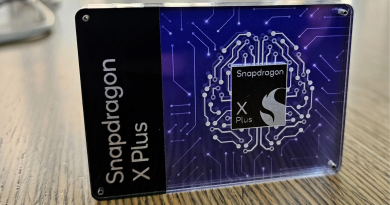Based on the progress of Exynos 2500, Samsung is eyeing to Ditch AMD with Exynos 2600
Samsung is preparing for a significant change in its chipset strategy, according to a reliable source on Twitter (@rquandt). While Samsung intends to eventually replace its Xclipse GPU, developed in partnership with AMD, with an in-house solution, the upcoming Exynos 2500 will still feature AMD’s RDNA architecture. However, this version is expected to be the final one. The RDNA-based Xclipse GPU, first seen with the Exynos 2200 and later in Samsung’s mid-range Exynos 1480, was positioned as a strong competitor to Qualcomm’s Adreno GPU, particularly excelling in ray-tracing games. Nonetheless, there are indications that Samsung is only partially satisfied with its collaboration with AMD.
Reports of Samsung delving into GPU design emerged last year, and now there’s confirmation from a reliable source. In 2026, the Exynos 2600 will herald Samsung’s entry into in-house GPU design and manufacturing. While speculation abounds regarding Samsung’s potential development of its CPU, concrete details are scarce, and the process is expected to be lengthy if pursued. Samsung has encountered power efficiency and performance challenges in recent Exynos platforms but has made significant advancements with this year’s SoCs. There is speculation that Samsung’s upcoming chipset may surpass Qualcomm’s leading offering by 2025.
Rumors suggest that the Exynos 2500 will outperform its competitor, the Snapdragon 8 Gen 4, in both power efficiency and raw performance. Fabricated on a 3 nm process technology, the Exynos 2500 gains an advantage over Qualcomm’s fourth-gen Snapdragon 8, based on 4 nm technology. Initial reports hinted at two flagship chipset variants: the Exynos 2500-A with an octa-core CPU for smartphones and the Exynos 2500-B with a 10-core CPU for tablets and Galaxy Book laptops. There’s also speculation that Samsung may opt for Google’s Tensor Processing Unit instead of its own NPU, although it’s too early to confirm these rumors.




